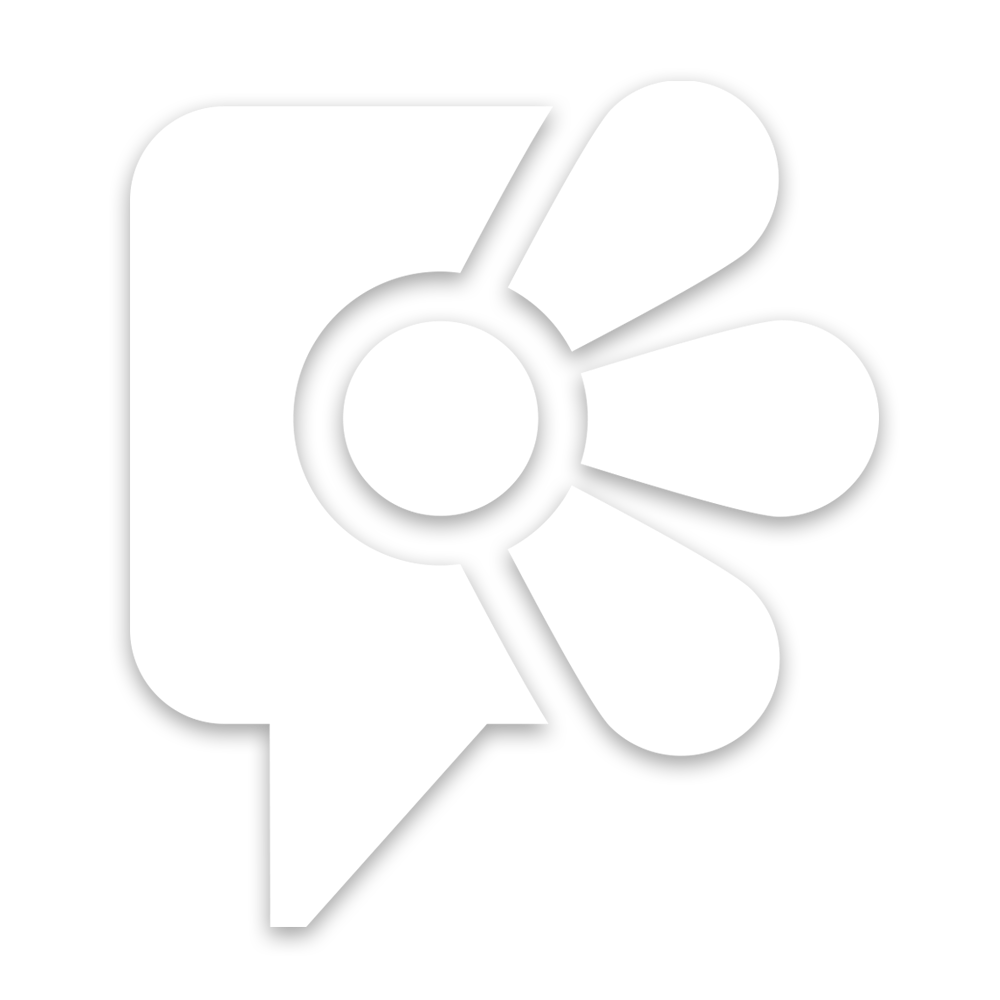
Thlaspi arvense
Field pennycress
Field pennycress is a foetid, hairless annual plant plant up to 60 cm. The flowers are white with yellow anthers but it is the subsequent seedpods that are this plants most distinctive feature. As the common name suggests these are penny shaped, flattened and broadly winged with a notch at the top. It is a summer annual found mainly on heavier soils. It is an arable weed, particularly with broad-leaved crops and is also a frequent weed on disturbed roadsides, and in waste places and gardens.
Contributed by @DRose
-
Full sun
-
Very little water
-
A little frost hardy: 32F (0°C)
-
Heavy
Common name
Field pennycress
Latin name
Thlaspi arvense
type
Annual
family
Brassicaceae
ph
5.0 - 7.5 Acid - Neutral
Plant & bloom calendar
-
Best time to plant
full grown dimensions
 0.30 M
0.60 M
0.30 M
0.60 M
Thlaspi arvense
Field pennycress is a foetid, hairless annual plant plant up to 60 cm. The flowers are white with yellow anthers but it is the subsequent seedpods that are this plants most distinctive feature. As the common name suggests these are penny shaped, flattened and broadly winged with a notch at the top. It is a summer annual found mainly on heavier soils. It is an arable weed, particularly with broad-leaved crops and is also a frequent weed on disturbed roadsides, and in waste places and gardens.
Planting
From Late Autumn TO Early Winter
Thlaspi Arvense is usually grown from seed soen in the growing position which should be a sunny site, ideally at the rear to middle of a wild flower border, in a medium to heavy soil. Sow the seeds in late autumn to early winter and lightly cover in soil.








